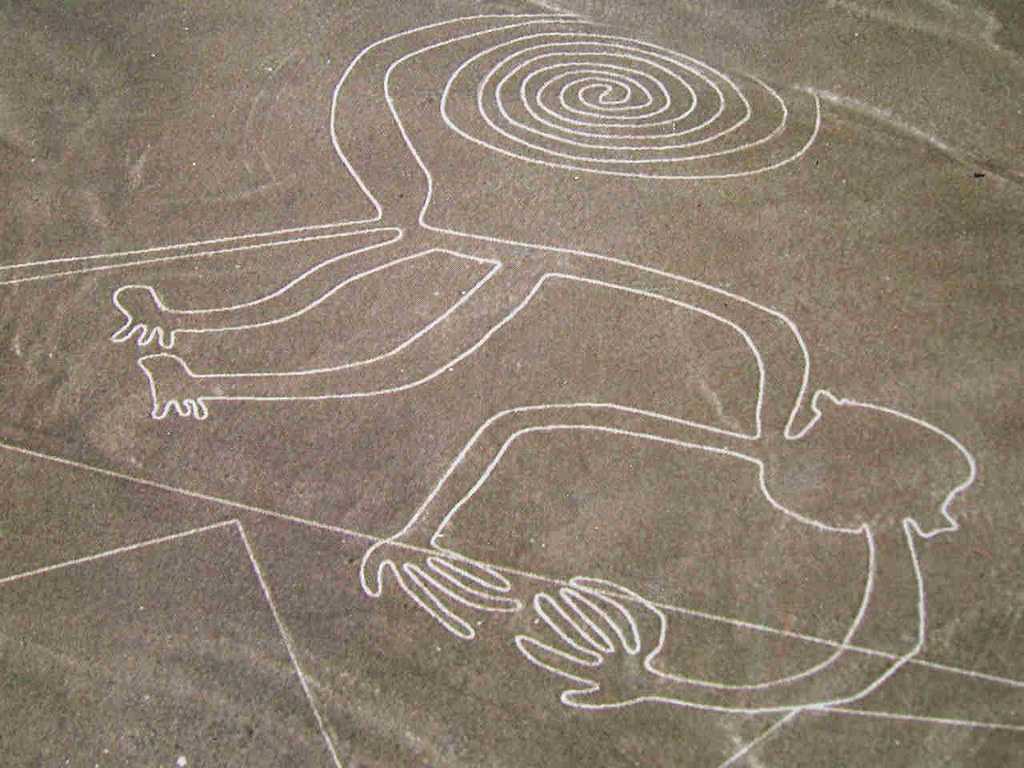The Nazca Lines are a set of mysterious marks in the desert of Peru that have puzzled archaeologists and travelers for centuries. These lines consist of patterns and designs on the surface of the ground that can only be seen from the air. In this article, we will explore the mysteries behind the Nazca Lines and what is known about their origin and significance.

Lines are located in the Nazca region, in southern Peru, about 400 kilometers south of the capital Lima. The lines were created by the Nazca culture, which flourished in the region between the 1st and 6th centuries AD. The Nazca culture is known for its ceramics and textiles, as well as its irrigation systems and aqueducts. However, it is the Nazca Lines that have attracted worldwide attention.
The Nazca Lines were created using a technique known as geoglyph, which involves removing the top layer of stones and earth to create patterns on the ground. The lines vary in length from a few meters to several kilometers, and the designs include geometric shapes, animals, and human figures. Most of the lines were created by removing the top layer of stone and earth, exposing the lighter layer underneath.
The purpose of the Nazca Lines remains a mystery. Several theories have been proposed about their meaning and purpose, but none have been definitively proven.
One of the most popular theories is that the lines were used for religious ceremonies or rituals. Some believe that the lines were ceremonial pathways that connected sacred places. Others think that the lines were used for astronomical observation, and that the patterns align with stars and planets.
Another theory is that the lines were created as a means of communication. Some believe that the patterns represent a symbolic language that was used to communicate with the gods or with other groups. Others think that the lines were used to guide people through the desert, or as reference points for travelers.
There are also more controversial theories, such as that the lines were created by extraterrestrials, or that they were used for agriculture and irrigation. However, these theories are not supported by the majority of experts on the subject.
The Nazca Lines have been a popular site for scholars, archaeologists, and travelers for centuries. In 1994, the lines were declared a UNESCO World Heritage Site.
Lines Despite their cultural and historical importance, the Nazca Lines are in danger due to the growing tourism in the region. Air traffic in the area has increased significantly in recent decades, which has led to concerns about damage to the lines. Vibrations and air pollution from planes can damage the lines and accelerate their degradation.
To protect the Nazca Lines, the Peruvian government has taken measures to limit air traffic in the area. Only limited flights for tourists are allowed, and air exclusion zones have been established around the lines. Visitors must also follow specific routes and avoid walking on the lines to prevent damage.
However, the preservation of the Nazca Lines remains a challenge. The region is extremely arid, and natural erosion, wind, and occasional rainfall can damage the lines. Additionally, urbanization in the region is growing, which increases pressure on the landscape and surrounding ecosystem.
 Consult an expert
Consult an expert
 Chat
Chat